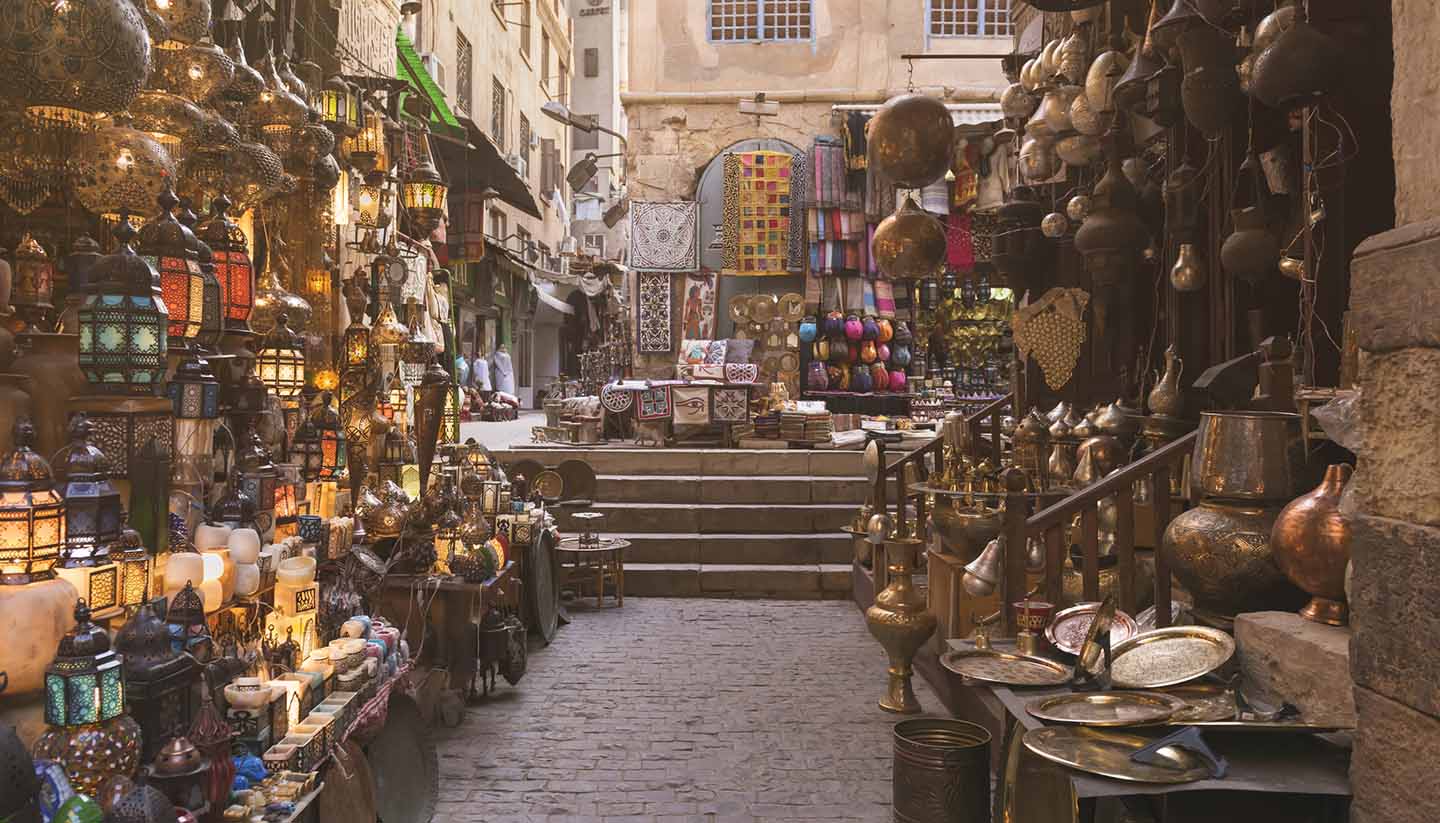To navigate any city – foreign or familiar – requires orienting oneself spatially in some form or another. While locals are perhaps less likely to use maps as they venture out into the streets and districts known to them, or will rely on social networks and everyday routines to find their way around, tourists or individuals curious to explore lesser known territory will most probably resort to maps or tour guides as facilitators. Maps are symbolic representations of space and are therefore one of the primary tools for figuring out our whereabouts as well as for identifying various physical features such as roads or buildings within a given area. There are meanwhile countless different types of maps available; these have developed according to existing information and technology, might have emerged in response to certain needs or are the product of creative inventions. In a city like Cairo, many people would probably choose various forms of transportation over walking the streets, not least granted its vast size and oftentimes obstructed sidewalks. Yet in general, walking through the streets of any city continues to be one of the more experiential and dynamic…
“Lose Yourself Without Getting Lost”: Walking Cairo in the Age of Mobile Apps
June 5, 2019



